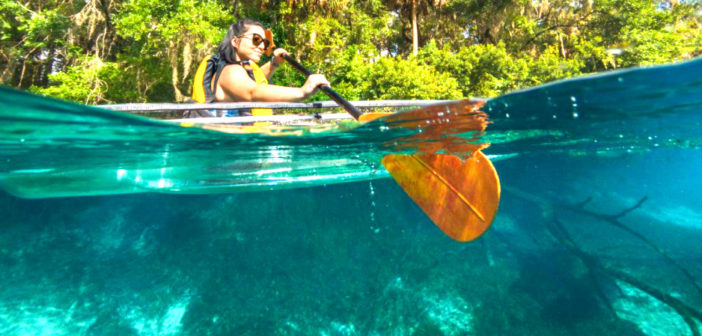Ashley Reynolds, Contributing Writer
Biologist Kelly Gestring caught a 14-pound fish in Broward County, nearly breaking an international record, and he isn’t happy about it. The species of fish Gestring caught was a bullseye snakehead, an invasive species in Florida’s freshwater systems. It can breathe air, enabling it to survive outside of water for days. They were discovered in Broward County’s waters in 2000, and haven’t been eliminated since.
While the snakeheads are relatively contained by Broward’s canals and flood control systems, other invasive species are spreading out of control.
The lionfish, one of the most devastating invasive species has taken over
Florida’s coastal waters. These fish are a particular concern because they
hunt the juvenile fish that populate Florida’s reefs. This completely decimates the native fish population. Another issue is their poisonous spines keep other predators from hunting them, so their numbers go unchecked.
Overhunting of the juvenile fish sparks a chain reaction: with no juvenile fish, the adult fish population drops. This means less food for other native predatory fish, who suddenly have to compete with the lionfish. Even
higher on the food chain, second and third-level predators also have less to
eat. In time, the lionfish could outcompete the native predators, completely cutting off upper-level predators from their food source.
There is concern that the snakehead will spread, much like the lionfish did and take over all of Florida’s fresh waters.
So how do the nonnative species get there? Aquarium owners are the primary culprits. When the fish get too big for their tanks or their owners tire of them, they are often released into the wild. Some marine species
also travel in ships’ ballast water. Ships take on foreign water over the course of their trip, sometimes capturing foreign fish as well. When
these ships arrive at their destination, they release the ballast waters, and the fish are released as well. This is how the green mussel was introduced to the Tampa Bay area.
Other fish, such as the snakehead, are popular seafood. Breeders release
these fish deliberately so they can sell the meat. Snakeheads in particular
are common in Asian seafood markets.
Controlling these species is tricky. With no natural predators, their populations can explode quickly. Some exotic species exist in nonnative
waters for years before they are even discovered, causing even more
problems.
Biologists and wildlife experts encourage citizens to hunt nonnative fish. In
the Bahamas, this has proven hugely successful. Lionfish is a popular meal,
known for its sweet, white meat. The Florida Fish and Wildlife Conservation Commission is promoting people to eat the invasive snakehead. Despite its ugly appearance, apparently, it’s delicious. Happy eating.





